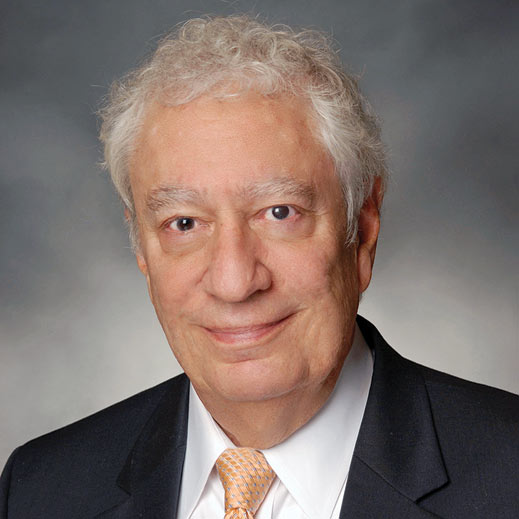Pat Confalone’s MIT roommate had won the National Science Fair with a cyclotron built in his basement, but a few weeks into their first semester, the roommate went home—MIT was too hard. “I had an advantage,” Confalone says. “I didn’t know enough to realize how hard it really was.” Today he’s the vice president of global research and development in crop protection for DuPont and has been responsible for major advances in medicine and production agriculture.

When he was 12, Confalone sold garden seeds around his tiny hometown of Roseto, Pennsylvania. He sold enough to win a Gilbert chemistry set. When it was time for college, a family acquaintance suggested MIT, and that same week, Life ran a cover story on the Institute. A chemistry major, Confalone, like many fraternity members, benefited from tutoring help from his Theta Delta Chi brothers. Sophomore year he joined a discussion group taught by his organic chemistry lab leader, new faculty member Daniel Kemp. “He was so inspirational they renamed his course ‘Kempistry,’” Confalone says. His entire undergraduate education, including room, board, tuition, and travel, cost $16,000. In that first month in Cambridge, he recalls, students protested a $200 increase in annual tuition with the cry “$1,700 is too damned much!”
Confalone went on to earn a Harvard PhD, do postdoctoral work with Nobel laureate Robert Burns Woodward, and begin his career in industry at Hoffman-LaRoche. Ten years later he moved to DuPont, where his group developed the fluorescent reagents that the Human Genome Project used for automated DNA sequencing. He led the teams that discovered and developed Cozaar, a drug used to treat millions of hypertension patients, and Sustiva, part of the AIDS treatment cocktail that has saved hundreds of thousands of lives. When DuPont sold its pharmaceuticals division, Confalone moved to crop protection. His group launched what he calls the safest insecticide ever discovered: Rynaxypyr.
“When you look at the major challenges we face, chemistry can help feed the world and improve human health,” he says. “What noble and exciting applications of the organic chemistry that I love.”
Now Confalone consults on the boards of pharmaceutical startups and major companies. He is a fellow of the American Association for the Advancement of Science and is serving a second term on the board of directors of the 163,000-member American Chemical Society, where he oversees half a billion dollars of revenue as chair of the budget and finance committee. He and his wife, Dianne, a former chemist, live in Wilmington, Delaware. They have two children and recently welcomed their first grandchild.
Keep Reading
Most Popular
Large language models can do jaw-dropping things. But nobody knows exactly why.
And that's a problem. Figuring it out is one of the biggest scientific puzzles of our time and a crucial step towards controlling more powerful future models.
How scientists traced a mysterious covid case back to six toilets
When wastewater surveillance turns into a hunt for a single infected individual, the ethics get tricky.
The problem with plug-in hybrids? Their drivers.
Plug-in hybrids are often sold as a transition to EVs, but new data from Europe shows we’re still underestimating the emissions they produce.
Google DeepMind’s new generative model makes Super Mario–like games from scratch
Genie learns how to control games by watching hours and hours of video. It could help train next-gen robots too.
Stay connected
Get the latest updates from
MIT Technology Review
Discover special offers, top stories, upcoming events, and more.